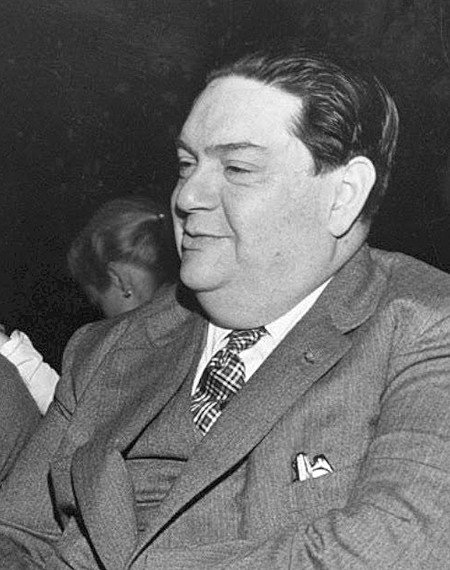
A good many years ago I used to visit the 100 Club in London’s Oxford Street. In those days, it was a smoky, rather seedy joint in a cavernous dark cellar and well-known for its jazz concerts. I didn’t realize that the club had been founded back in 1942 and over the years it hosted some of the top names in jazz including Louis Armstrong and Benny Goodman. Amazingly, the club is still going strong today though I’d guess it has become rather more sedate.
As a student I adored the jazz, especially the bright, brash sounds of Dixieland and visiting the club was enhanced by a slight frisson of guilt at being in such bohemian surroundings. Of course I didn’t tell my starchy professors back at the music college who surely have disapproved of such an undesirable place.
So I could sympathize with the young French composer Darius Milhaud when he heard jazz for the first time. It excited him so much that in 1922 he set off to America and visited clubs and bars in New York’s Harlem, which were probably a good deal seedier than the place in Oxford Street. Milhaud (MEE-oh) was twenty-four at the time and jazz had an enormous influence on him. As a result of this adventure, he was among the first European composers to incorporate jazz idioms in their music. His first jazz-inspired work, La Création du Monde dates from 1923.
It’s not often you come across a restaurant named after a piece of classical music but there’s one in Paris. When Milhaud visited Brazil around 1918 he became captivated by the vibrant popular music, especially a popular tango entitled O Boi no Telhado, which he translated as Le Bœuf sur le Toit (“The Cow on the Roof”). Returning to Paris in 1919, Milhaud wrote the score for a surrealist comic ballet of the same name, using Brazilian-style popular songs and dances. At the time, he and his professional friends used to meet at a popular artists’ bar in Paris called La Gaya. When the bar relocated in 1921, the owner renamed it Le Bœuf sur le toit, presumably to ensure that Milhaud and his crowd would continue to patronize it. They did, together with dozens of other distinguished customers, hangers-on and camp followers.
This exuberant, unbridled music is almost a sound-picture of The Roaring Twenties and will brighten the greyest of days. You get the impression of a selection of scenes pasted together like the contents of a scrapbook and this is where much of its charm lies. A lot of Milhaud’s music is influenced by jazz and popular song and he often used a composing technique known as polytonality, in which parts of the music are in different keys at the same time. It creates a vaguely bizarre effect and was much favoured by Stravinsky. You can hear an example at 00:31 when the flutes are clearly playing in a different key to the rest of the orchestra. The work was premiered at the Théâtre des Champs-Élysées in 1920 with a scenario by Jean Cocteau and stage designs by Raoul Dufy.
In 1940 Milhaud emigrated to the United States where among other things, he taught composition at Mills College in California. Two of his most well-known students were Dave Brubeck and Burt Bacharach to whom Milhaud once said, “Don’t be afraid of writing something people can remember and whistle.” Bacharach later wrote well over a hundred hits, so it was good advice.
This wonderful concerto was written between 1929 and 1931. The first movement opens somewhat unusually with the sound of a whip-crack, created by slapping two pieces of wood together. The movement is a colourful blend of Basque and Spanish musical ideas super-charged with jazz idioms, brilliantly performed with fine precision. The slow movement (08:37) leaves jazz far behind and takes us into a reverie – an elegant, soul-searching melody with a gentle waltz-like accompaniment. The third movement (17:24) returns to a more frenetic world, permeated by the distinct sounds of jazz. The spiky opening theme came to Ravel during a train journey not in France, but between Oxford and London.
Oh, and in case you’re wondering, Le Bœuf sur le Toit still exists in Paris in the form of an ultra-chic restaurant which has jazz evenings every Friday and Saturday. It’s on rue du Colisée near the Champs Élysées and reservations are essential. If you decide to give it a try sometime, don’t forget your credit cards.
 |
 |
 |





